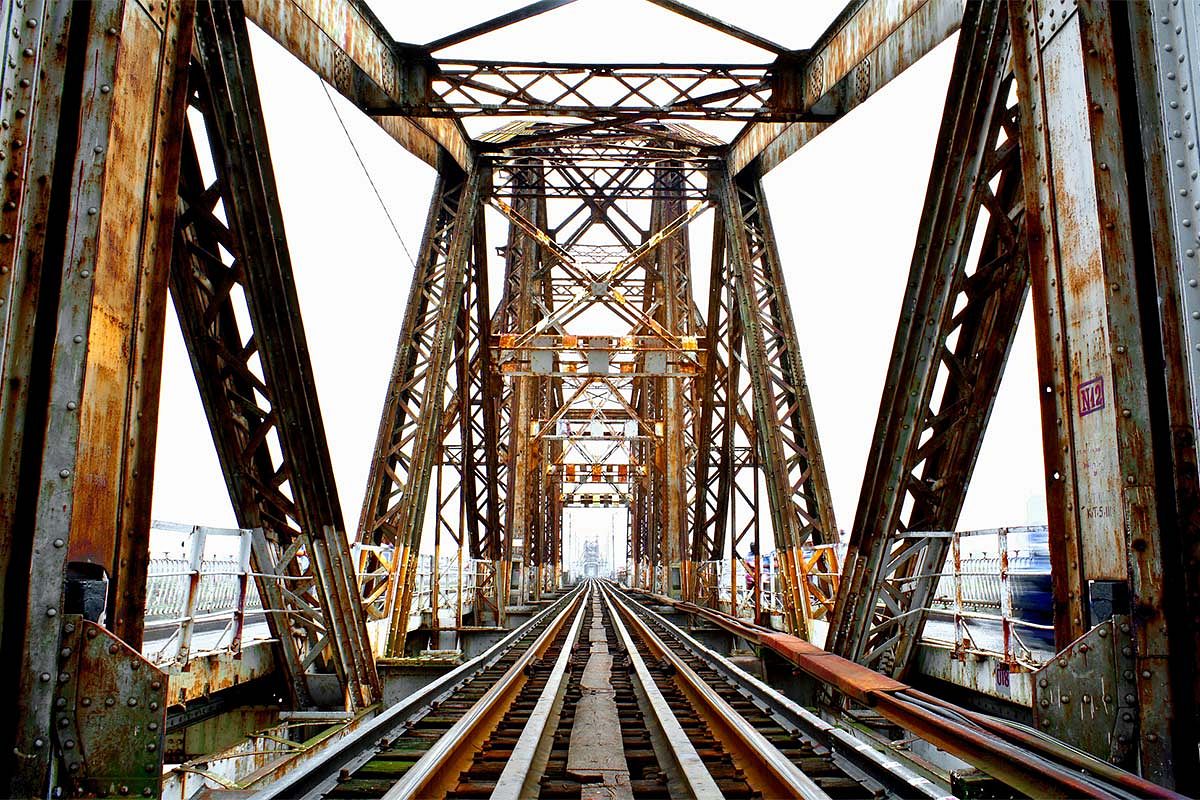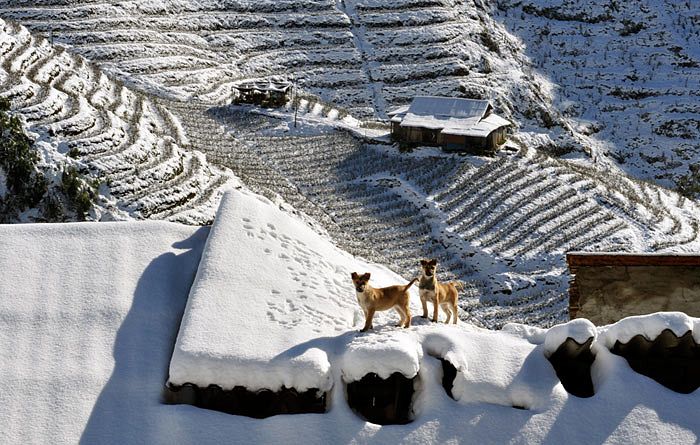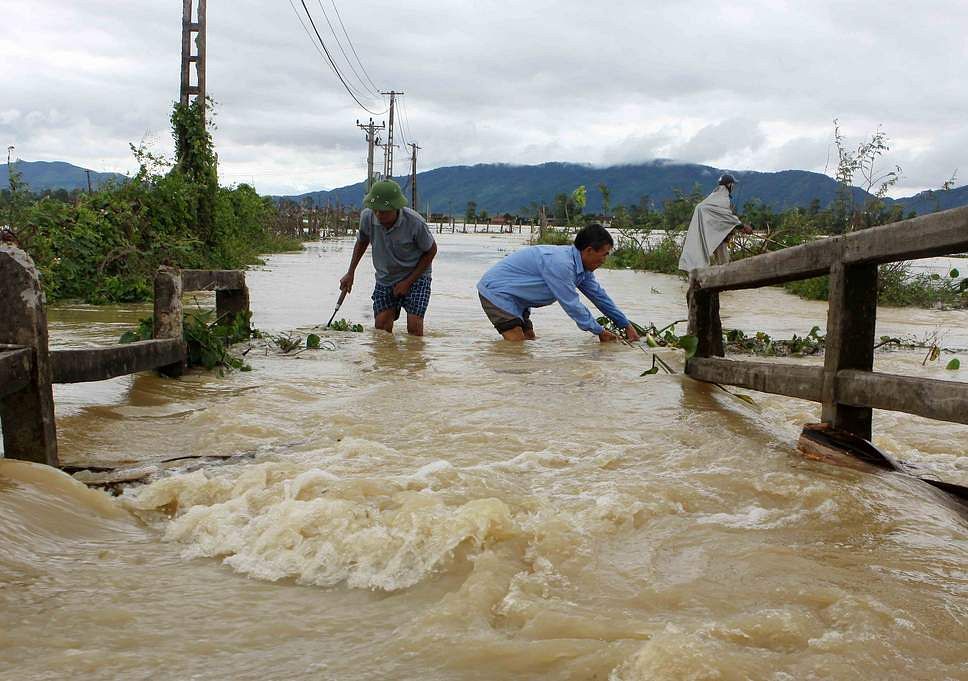A seven-year plan will rely on technical innovations to improve residents' standards of living, government efficiencies and tourism experiences.
Authorities in the Central Highlands city announced the project, which will run from 2018 through 2025, at a ceremony earlier this week. According to Lam Dong Vice Chairman Phan Van Da, the plan will rely on information-telecommunication technology and other advancements to enhance four main areas: management, life, the environment and the economy.
Specific projects include a smart lighting system, public WiFi network, e-learning system, e-medical record storage, smart parking, e-transport tickets as well as a network of surveillance cameras with a monitoring center to manage traffic, order and security.
In respect to environmental issues, a system will be put in place to monitor air and water quality as well as groundwater resources. A software program will provide early warnings for dangerous pollution. To improve tourism, a mobile app will offer visitors information about places of interest, accommodations and restaurants.
Da said the plan will require agencies, sectors and localities to establish an information-sharing mechanism while an advisory group will assist in establishing the base of the plan. Local administrations will need to take initiatives to solve some problems, he added.
Da Lat is the latest Vietnamese city targeted by the government for smart technologies. Last year similar plans were outlined for Saigon including digitizing medical records and installing a network of security cameras. Critics point out, however, that a lack of specificity, financial resources and experience could hinder the projects.
At the announcing event, authorities also presented plans to address the overwhelming numbers of tourists that visit Da Lat by increasing the number of three- to five-star hotels, upgrading local tourist sites and adding new services. They will also aim to attract foreign investment to their agricultural sector through environmentally-friendly manufacturing and improved management and protection.
Around 6.5 million tourists visited the province this year, a 21% increase from 2017.
[Photo via Wikipedia]














